Let me now write the article following all the requirements, ensuring each section is 100-120 words and uses varied opening sentences.Transform your cluttered book collection into an organized, visually appealing display with strategic bookshelf organization ideas. Whether you're a passionate bibliophile with hundreds of volumes or someone looking to create a more functional reading space, the right organizational system can revolutionize both the appearance and accessibility of your home library. From practical approaches that help you locate specific titles quickly to aesthetic methods that turn your bookshelf into a stunning focal point, there are countless ways to arrange your books. The key lies in finding a system that matches your reading habits, available space, and personal style preferences while maintaining long-term functionality.
1. Bookshelf Organization by Alphabetical Author Order

Arranging your bookshelf organization alphabetically by author's last name creates the most intuitive system for book lovers who remember writers more than titles. This classic library-inspired method allows you to locate any book within seconds, making it particularly valuable for extensive collections. Start by sorting books into alphabetical groups, then arrange each author's works chronologically by publication date for added organization. Consider using bookends or small labels to mark different letter sections, especially if you have many books. This system works exceptionally well when combined with genre separation, creating distinct alphabetical sections for fiction, non-fiction, and other categories. Regular readers appreciate this method because it mirrors professional library systems, making the transition between personal and public collections seamless.
2. Bookshelf Organization Using Color-Coded Spines

Creating a rainbow bookshelf organization system transforms your collection into a striking visual centerpiece that doubles as room décor. Organize books by spine color, progressing through the spectrum from deep blues and blacks on top shelves to whites and pastels below, or create distinct color-blocked sections for dramatic impact. This method particularly appeals to visual learners who remember books by their covers rather than titles or authors. While not the most practical for quick book location, color coordination works beautifully for display shelves or collections you don't frequently access. Consider grouping similar hues together and using horizontal stacking to break up long color runs. Many readers find this system helps them choose books based on mood, as different colors can influence emotional responses and reading preferences.
3. Bookshelf Organization by Genre and Subject Matter

Organizing your bookshelf by genre creates intuitive sections that make selecting your next read effortless based on your current interests or mood. Establish broad categories like fiction, non-fiction, mystery, romance, science fiction, and biography, then subdivide large sections as needed. This bookshelf organization method proves especially valuable for avid readers who enjoy exploring specific genres or want to balance different types of reading material. Consider the Dewey Decimal System for non-fiction organization if you have extensive reference materials. Place genre labels or use decorative bookends to clearly define each section. This system adapts well to seasonal reading preferences, allowing you to easily access cozy winter reads or light summer fiction. Regular reorganization within genres helps accommodate new acquisitions while maintaining the overall structure that keeps your collection both functional and browsable.
4. Bookshelf Organization Arranged by Book Height and Size
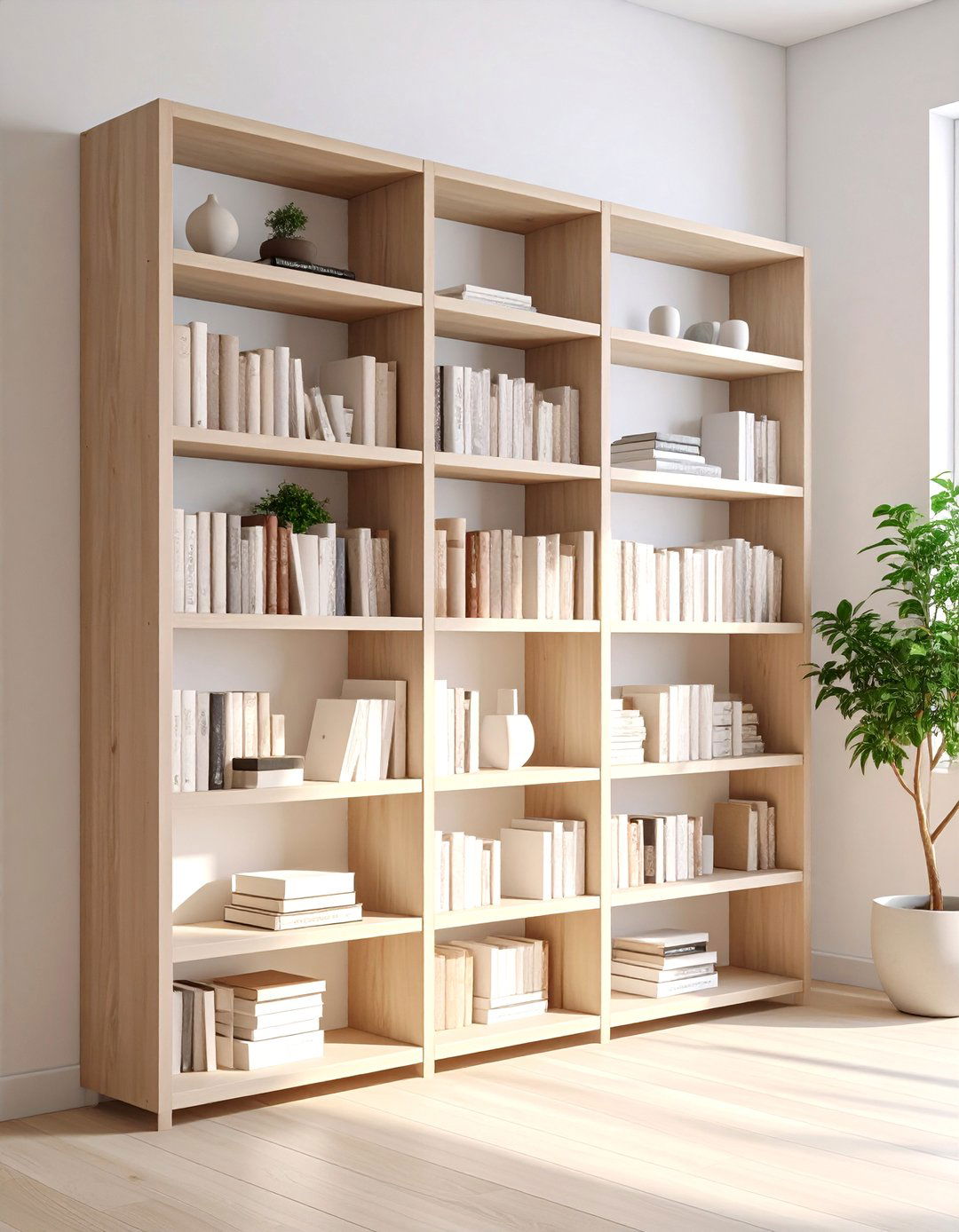
Designing your bookshelf organization around book dimensions creates clean, visually appealing lines that give your collection a professional, streamlined appearance. Group similarly-sized books together, arranging from tallest to shortest for a graceful slope effect, or place larger volumes at shelf centers with smaller books flanking them symmetrically. This method prevents the awkward gaps and unstable stacking that occur when mixing different book sizes randomly. Coffee table books, oversized art volumes, and reference materials work well on lower shelves for both stability and accessibility. Standard novels and paperbacks create neat rows on middle shelves, while thin volumes or poetry collections occupy upper areas. The size-based approach also helps prevent damage to smaller books that might get crushed between heavy volumes, extending your collection's lifespan significantly.
5. Bookshelf Organization Featuring Series Collections
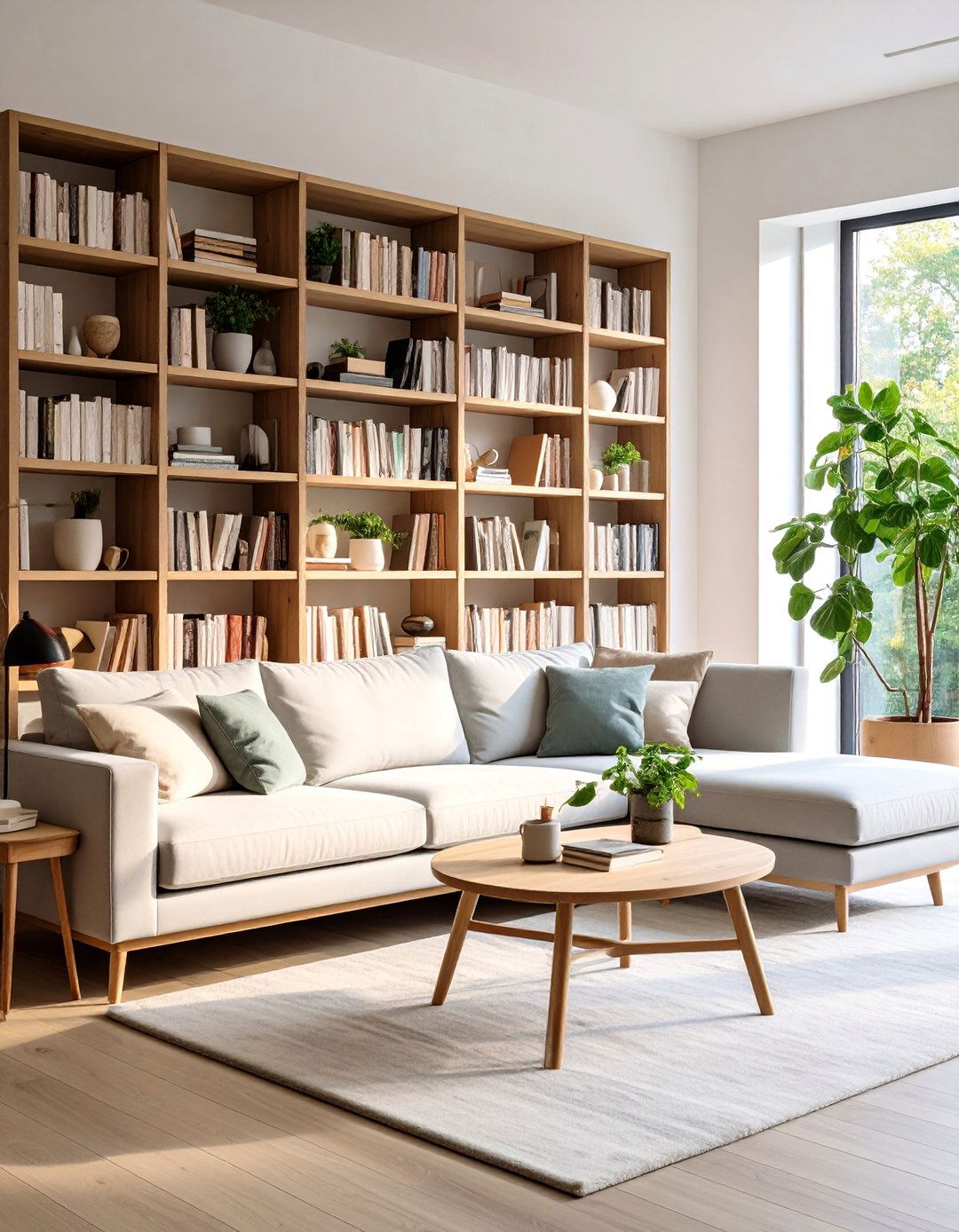
Keeping book series together in your bookshelf organization ensures you never lose track of reading order while creating visually satisfying displays of matching spines. Arrange each series chronologically from first to final volume, maintaining publication order for optimal reading experience. This method works particularly well for fantasy, mystery, and romance readers who follow ongoing storylines across multiple books. Consider using bookends specifically for series or dedicating entire shelves to prolific authors like Stephen King or Agatha Christie. Series organization also makes gift-giving easier, as gaps in your collection become immediately apparent to family and friends. If space permits, face the first book in each series outward to showcase cover art and make titles more visible. This system encourages completing series you've started while preventing the frustration of beginning a middle book accidentally.
6. Bookshelf Organization with Dedicated TBR Sections
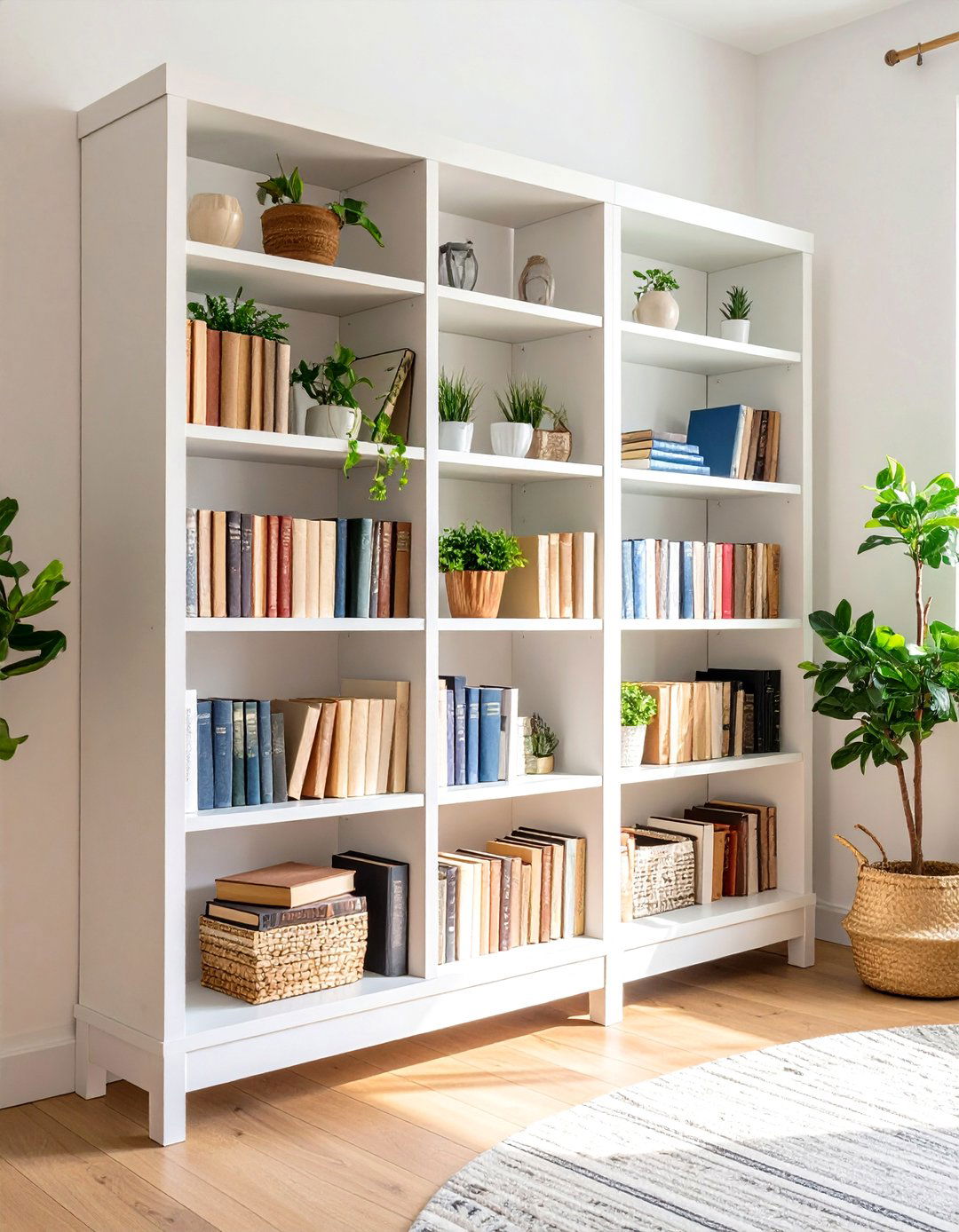
Establishing a specific "To Be Read" area in your bookshelf organization helps manage your growing reading list while keeping unread books easily accessible. Create a prominent section for books you own but haven't read yet, preventing them from getting lost among your completed collection. This method reduces the overwhelming feeling that comes with large TBR piles and helps prioritize reading goals. Consider using a cart, basket, or dedicated shelf that's highly visible to encourage regular reading. Some readers prefer organizing their TBR section by anticipated reading order, while others arrange by mood or season. You might also separate new acquisitions from older unread books to ensure nothing gets forgotten. This system works exceptionally well when combined with a simple tracking method, helping you identify which books you're most excited to read next.
7. Bookshelf Organization Based on Reading Frequency
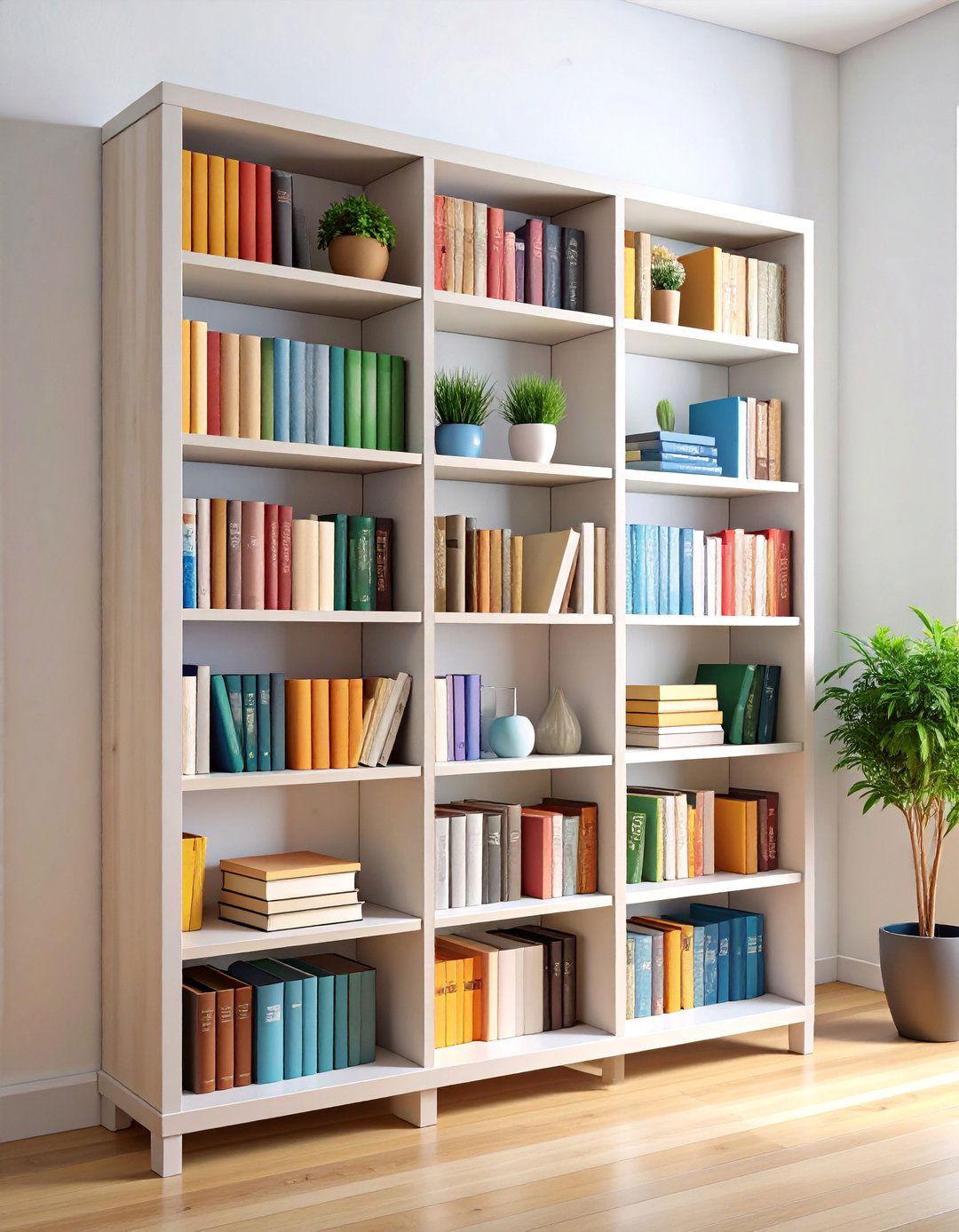
Organizing your bookshelf by usage frequency puts your most-accessed books at the most convenient locations while storing occasional reads in less accessible spots. Place frequently referenced books, current favorites, and books you're likely to reread on eye-level shelves for easy grabbing. Reference materials, cookbooks, and daily-use volumes should occupy the most accessible middle shelves. Store books you've read but rarely revisit on higher shelves, and place special editions or collectible volumes in protected spots. This practical bookshelf organization method reduces daily frustration and encourages more reading by making preferred books highly visible. Consider seasonal rotation, moving holiday-themed books or summer reading to accessible spots during relevant times. Very tall readers might reverse this system, placing frequent reads higher than average-height individuals would prefer.
8. Bookshelf Organization Highlighting Author Nationality
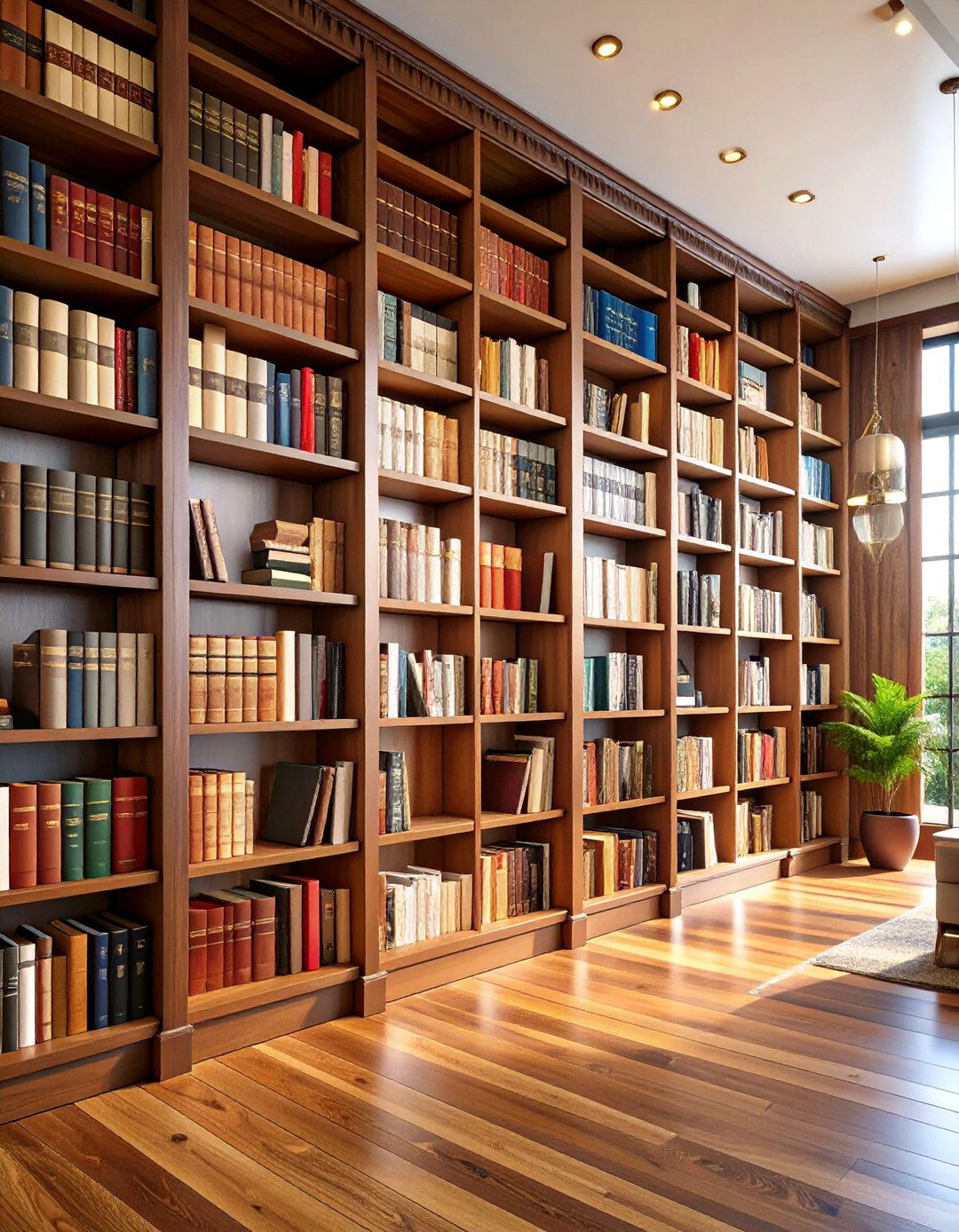
Arranging books by author nationality or geographic origin creates fascinating cultural sections in your bookshelf organization that encourage exploration of diverse literary traditions. Group American, British, Latin American, African, and Asian authors into distinct sections, potentially subdividing by specific countries if your collection permits. This method helps identify gaps in your reading diversity while making it easy to explore literature from specific regions during themed reading challenges. Consider adding small flags, maps, or cultural artifacts to enhance each section's visual appeal. This organization style works particularly well for readers interested in comparative literature, cultural studies, or those learning about different countries. You might discover fascinating connections between authors from the same region or time period, leading to more intentional reading choices and deeper cultural understanding through literature.
9. Bookshelf Organization by Publication Date

Creating chronological sections in your bookshelf organization allows you to track literary movements, see how authors evolved over time, and understand historical contexts better. Arrange books by publication decade or year, creating a timeline of literature that spans your collection's range. This method proves especially valuable for readers interested in literary history, students, or those studying specific time periods. Consider separate chronological sections for different genres, as science fiction from the 1950s differs significantly from contemporary works. This organization style helps identify classic works you may have missed while showing how themes and writing styles have evolved. Academic readers often appreciate this system for research purposes, making it easy to locate books from specific eras or trace the development of particular ideas through time. Label each time period clearly to maintain the organizational structure.
10. Bookshelf Organization Separating Hardcover and Paperback Books
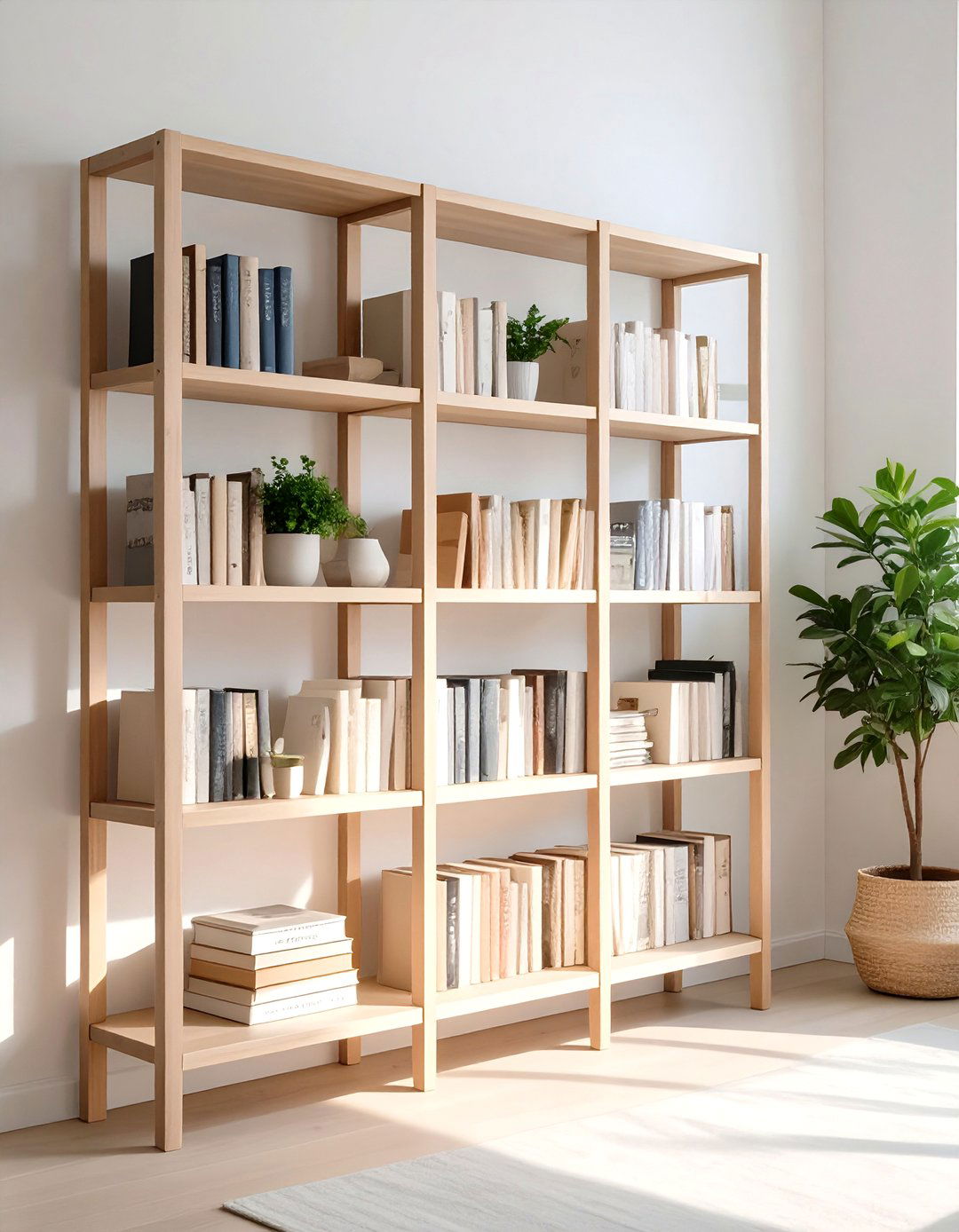
Organizing your bookshelf by book format creates uniform, streamlined sections that prevent damage and maximize space efficiency. Group hardcovers together for their similar heights and weights, while dedicating separate areas to paperbacks that stack and store differently. This bookshelf organization method helps protect book spines from warping and prevents larger books from crushing smaller ones. Hardcovers often contain first editions or special releases worth highlighting, making them natural display pieces for prominent shelf positions. Paperbacks work well for reading copies and series collections where uniform appearance matters less than content accessibility. Consider the visual impact of each format—hardcovers create substantial, impressive displays while paperbacks offer colorful variety. This system also makes packing for moves easier and helps when loaning books, as you can quickly assess which format might travel better or withstand repeated handling.
11. Bookshelf Organization Indicating Reading Status

Developing a visual system in your bookshelf organization that shows which books you've read versus those awaiting attention helps track reading progress and goals. Turn completed books backward so only pages show, while keeping unread books face-forward with spines visible. Alternatively, use colored bookmarks, dots, or tags to indicate reading status throughout your collection. This method particularly benefits goal-oriented readers working through reading challenges or trying to reduce their TBR pile. Some readers use different shelf heights or sections to separate read from unread books, making progress visually obvious. Consider adding a third category for partially-read or abandoned books that you might revisit later. This organization style encourages reading completion while preventing you from accidentally starting books you've already finished, especially important for series or similar-looking editions.
12. Bookshelf Organization for Mood-Based Reading
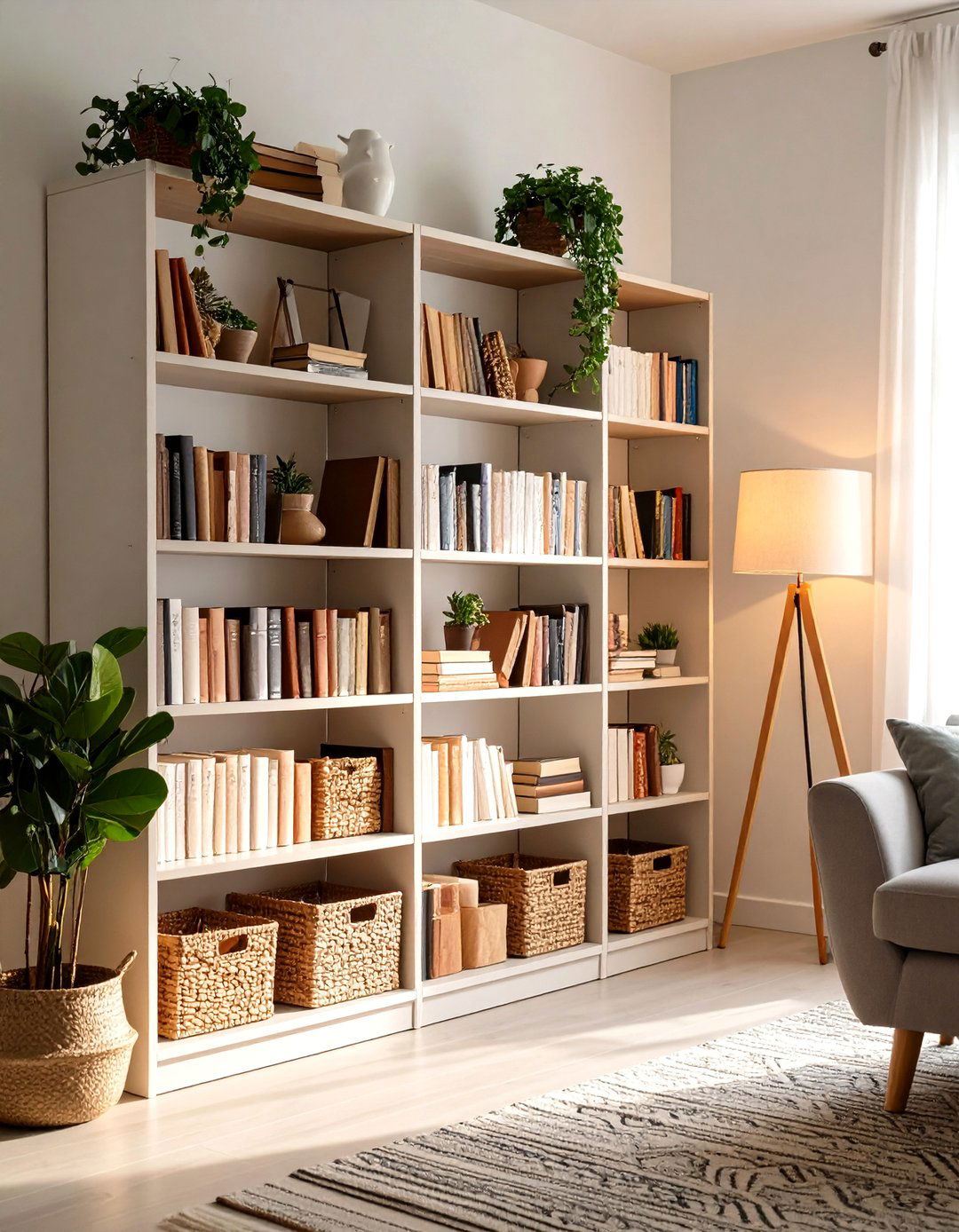
Arranging your bookshelf organization around emotional themes and reading moods creates an intuitive system for matching books to your current mental state. Establish sections for uplifting reads, comfort books, intense thrillers, thought-provoking non-fiction, and escapist fantasy to address different emotional needs. This method recognizes that reading serves various psychological functions beyond entertainment or education. Cozy mystery novels, inspirational memoirs, and light romance might occupy one cheerful section, while dystopian fiction, true crime, and challenging literary works fill another area. Consider seasonal mood changes when organizing, grouping darker reads for winter contemplation and lighter books for summer relaxation. This system helps readers self-regulate through literature, making it easy to find exactly the right book for processing emotions, seeking comfort, or embracing adventure depending on life circumstances.
13. Bookshelf Organization Using Mixed Spine Directions

Creating visual interest in your bookshelf organization by strategically turning some books backward adds textural variety while serving practical purposes. Mix forward-facing spines with page-forward books to break up long rows and create breathing space in dense collections. This method works particularly well for achieving minimalist aesthetics or neutral color palettes without sacrificing book storage. Some readers use this technique to hide books with unappealing spines while showcasing beautiful covers or special editions. Consider using spine direction to indicate different categories—perhaps turning fiction backward while keeping non-fiction forward, or hiding books you've read while displaying your TBR collection. This approach requires good organizational memory but creates sophisticated, gallery-like displays that focus attention on selected titles while maintaining visual balance across your entire bookshelf system.
14. Bookshelf Organization Combining Horizontal and Vertical Arrangements
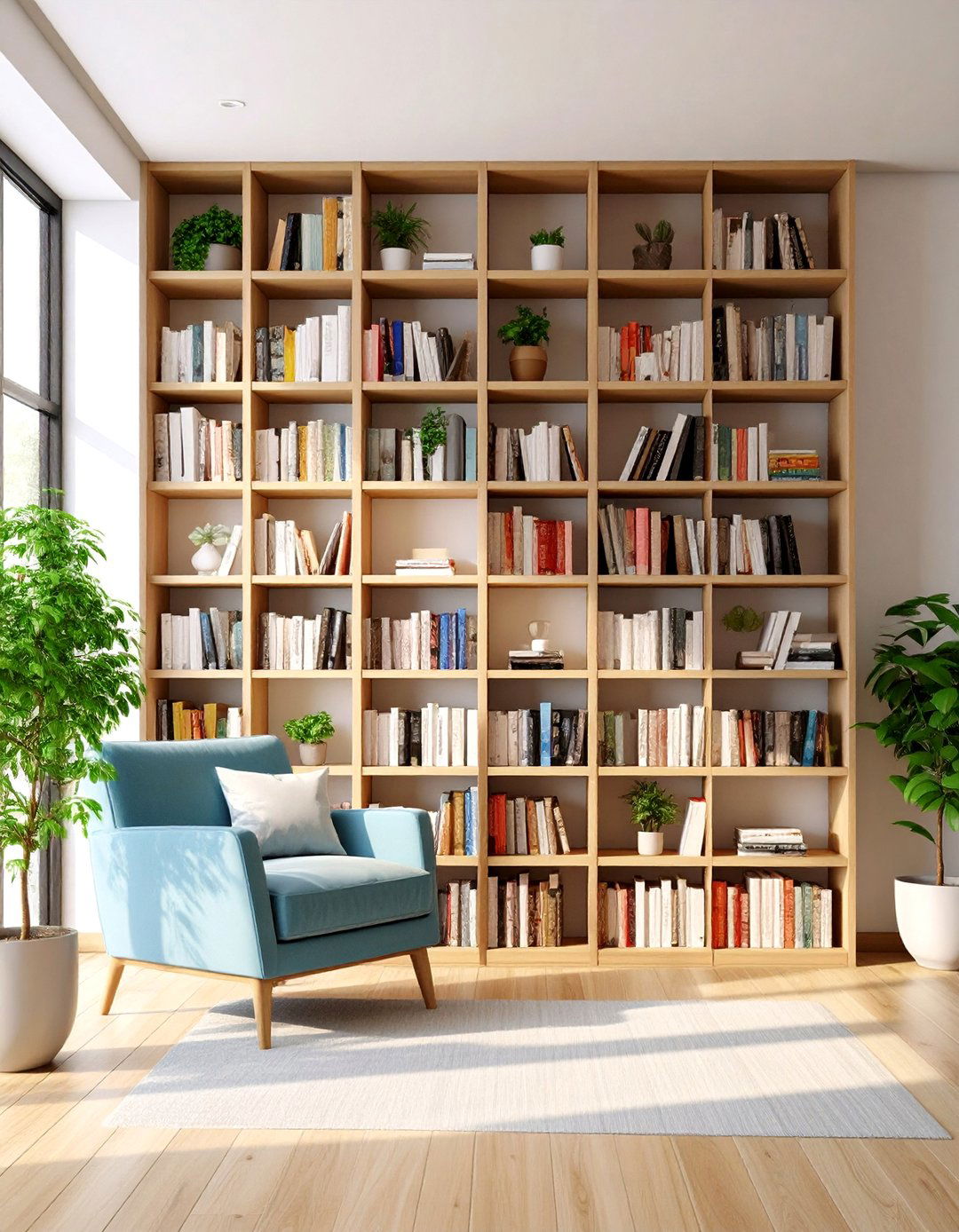
Mixing horizontal book stacks with traditional vertical shelving in your bookshelf organization creates dynamic visual interest while maximizing storage efficiency. Use horizontal stacks as platforms for decorative objects, bookends, or to highlight special editions and coffee table books. This method breaks up monotonous spine rows while providing opportunities to display book covers and create varied heights throughout your collection. Stack books horizontally when you have awkward spaces or want to group related titles differently from your main organizational system. Consider using horizontal stacks to separate different sections or mark transitions between genres, authors, or time periods. This arrangement style works particularly well in cube organizers or custom shelving where different orientations complement the architectural features. Balance is key—too many horizontal stacks create chaos, while strategic placement adds sophistication and functionality to your display.
15. Bookshelf Organization for Seasonal Reading Themes
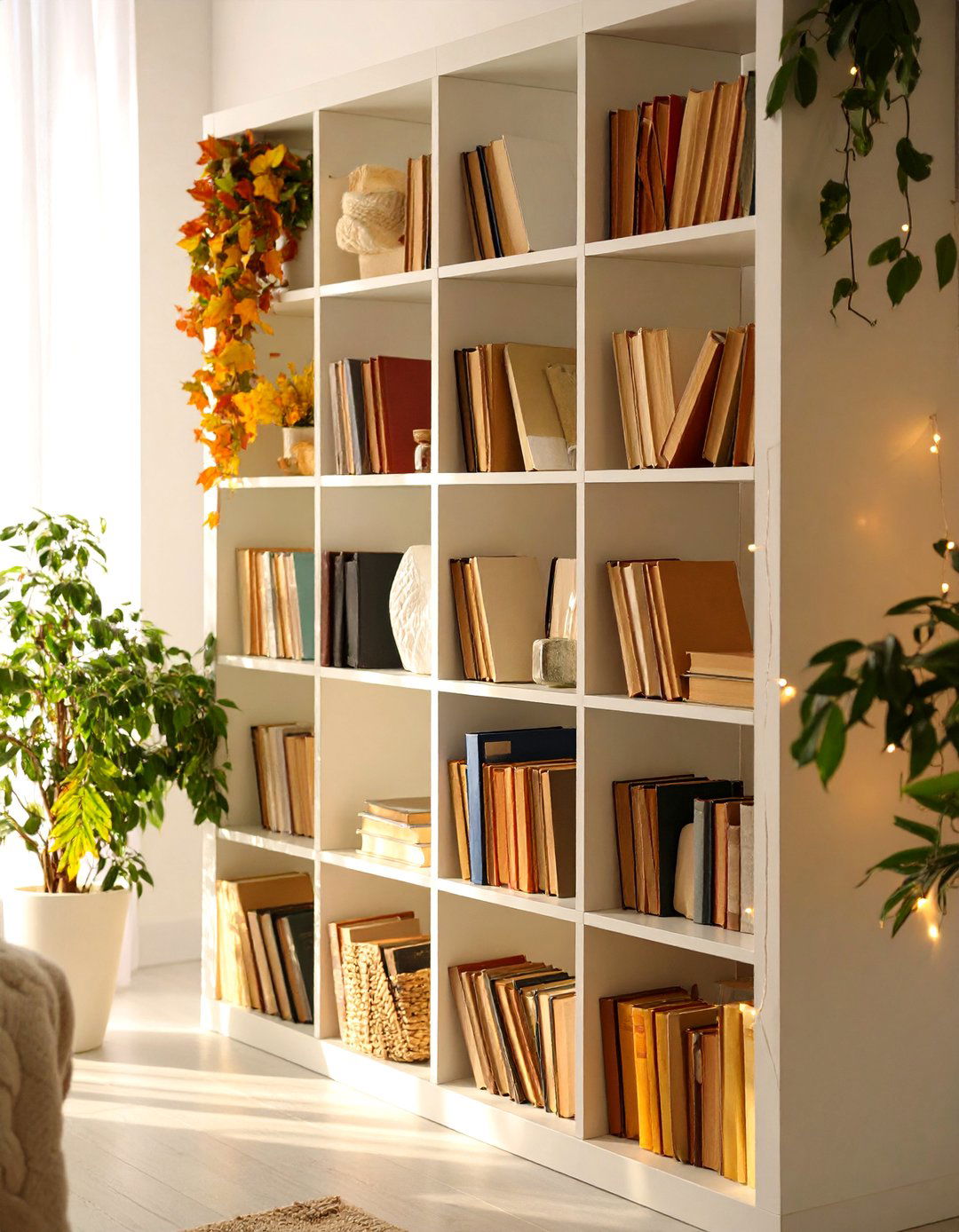
Adapting your bookshelf organization to reflect seasonal reading preferences keeps your collection fresh and relevant throughout the year. Designate easily accessible sections for currently appropriate books—cozy mysteries and holiday stories during winter, travel guides and beach reads for summer, back-to-school themes during autumn. This method encourages seasonal reading variety while keeping appropriate titles prominent when you're most likely to want them. Consider rotating books quarterly, moving off-season selections to less prominent positions while highlighting newly relevant themes. Spring might feature gardening books, renewal memoirs, and fresh fiction releases, while fall showcases atmospheric horror, academic texts, and nostalgic stories. This organization style works exceptionally well for readers who enjoy thematic reading or want to align their literary choices with natural rhythms and cultural celebrations throughout the year.
16. Bookshelf Organization Separated by Language
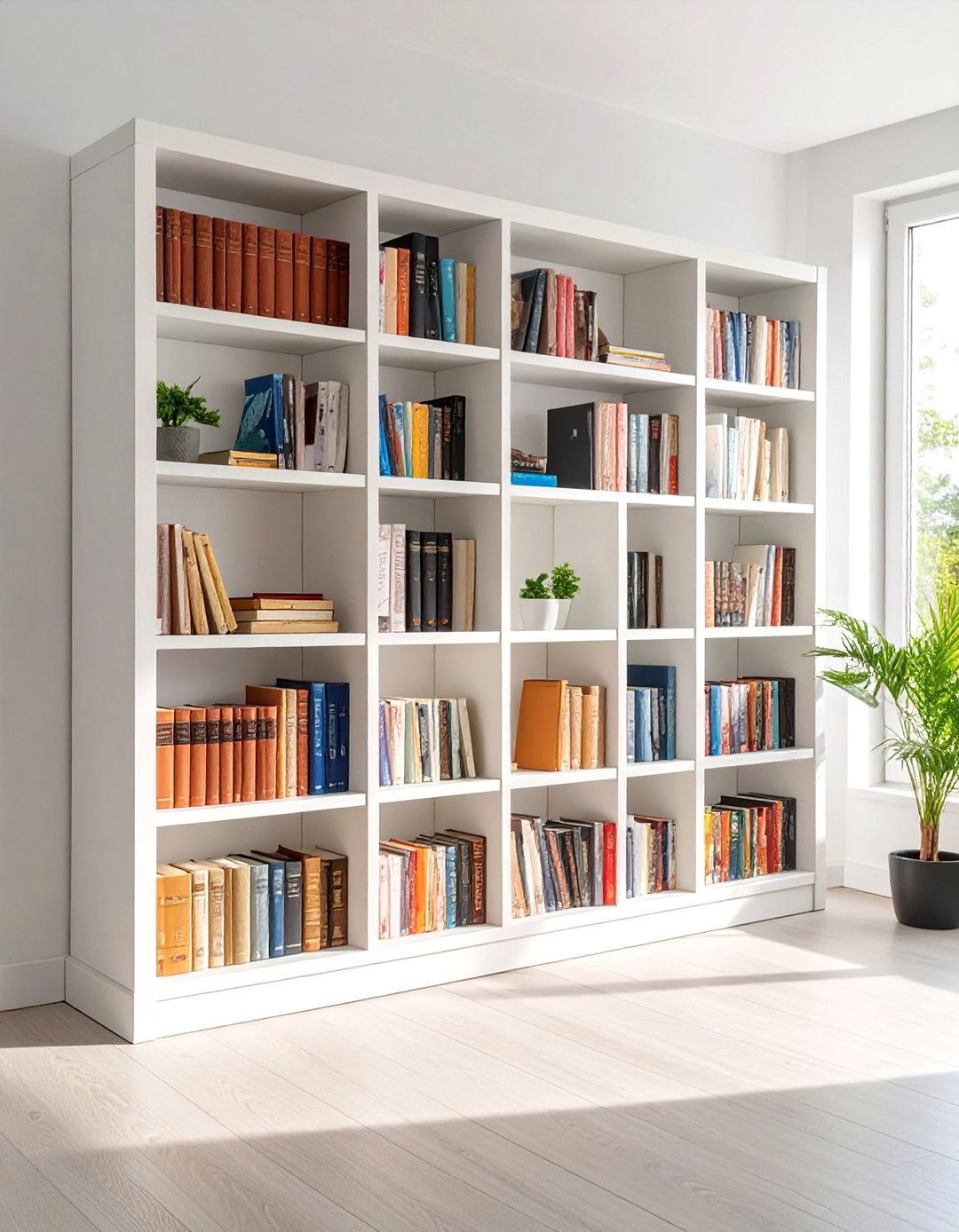
Organizing your multilingual bookshelf by language creates distinct cultural sections while making it easier to choose reading material based on your current linguistic preferences. Establish separate areas for each language in your collection, whether that includes English, Spanish, French, German, or any other languages you read. This bookshelf organization method proves especially valuable for language learners, immigrants, or globally-minded readers who enjoy literature in original languages. Consider arranging languages by frequency of use, placing your primary reading language in the most accessible spots while positioning occasional languages higher or lower. This system helps maintain linguistic skills by making foreign language books visible and accessible. You might also organize within each language section by difficulty level, keeping simpler texts handy for when your language skills need warming up and challenging literature for when you're feeling confident.
17. Bookshelf Organization Integrating Decorative Elements
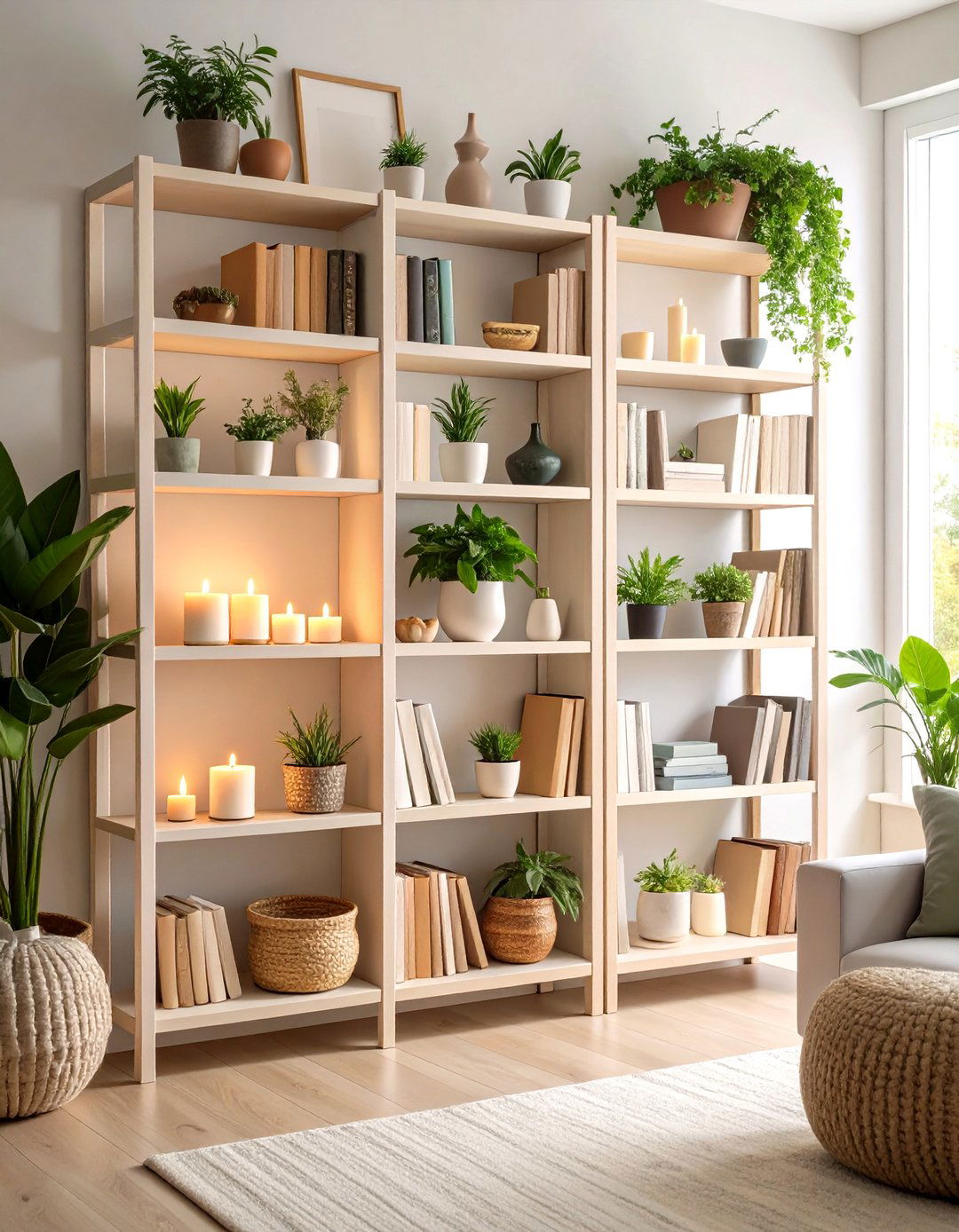
Blending decorative objects throughout your bookshelf organization creates a curated, lived-in appearance that showcases both your reading interests and personal style. Integrate plants, artwork, photographs, candles, or meaningful collectibles between book sections to break up visual monotony while adding personality to your display. This method transforms utilitarian book storage into attractive home décor that reflects your complete identity beyond reading preferences. Use the "rule of thirds" by filling only two-thirds of each shelf with books, leaving space for decorative elements that complement your literary collection. Consider relating decorative choices to book themes—travel souvenirs near guidebooks, family photos with memoirs, or artistic pieces alongside art books. This approach requires regular curation to prevent clutter while maintaining the balance between functionality and aesthetics that makes your bookshelf both beautiful and practical.
18. Bookshelf Organization Showcasing Favorite Collections

Dedicate prime real estate in your bookshelf organization to highlighting your most beloved books, creating a "favorites" section that celebrates literature that has profoundly impacted your life. Position these special books at eye level where they're easily visible and accessible for re-reading or sharing with visitors. This method honors the books that shaped your thinking, provided comfort during difficult times, or simply brought exceptional joy to your reading experience. Consider displaying favorite books face-out to showcase beautiful covers, or use special bookends to distinguish this section from the rest of your collection. Include first editions, signed copies, or books with personal inscriptions that hold sentimental value beyond their literary merit. This organization style encourages reflection on your reading journey while making it easy to recommend treasured titles to friends, family, or fellow book lovers who visit your home.
19. Bookshelf Organization by Publication Format and Binding
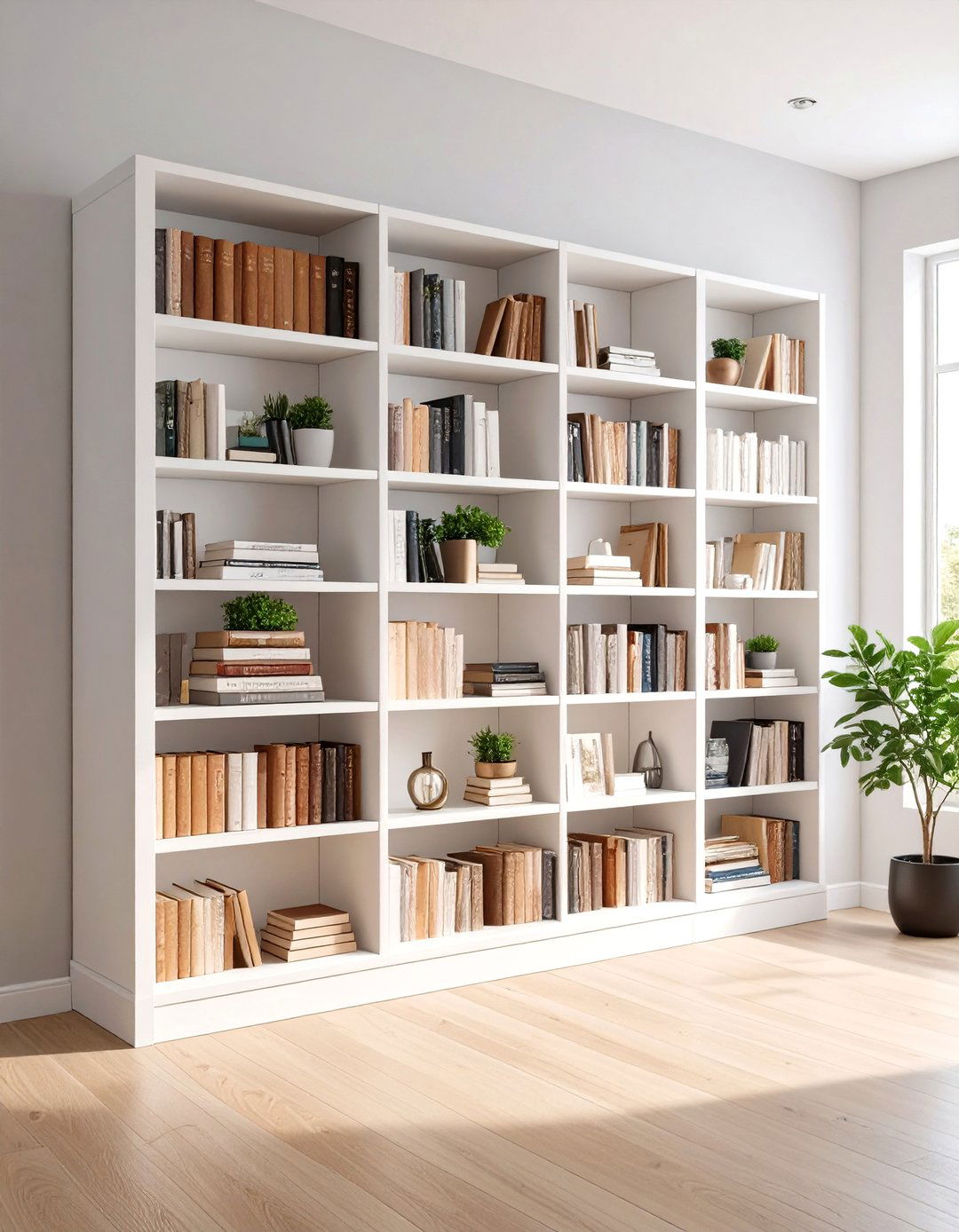
Arranging your bookshelf organization according to binding types and publication formats creates visually cohesive sections while protecting different book types appropriately. Group mass market paperbacks separately from trade paperbacks, hardcovers, and specialty formats like graphic novels or art books. This method prevents damage that occurs when different-sized books lean against each other incorrectly while creating uniform-looking sections throughout your display. Consider the practical benefits—paperbacks travel well and work for casual reading, while hardcovers deserve protection and prominent display. Specialty formats like oversized photography books or small poetry collections require different storage considerations that this system addresses naturally. Academic readers often appreciate separating textbooks, reference materials, and leisure reading into distinct format-based sections. This organization style also makes it easier to pack books for moves or loans, as you can quickly assess which formats will travel or store best.
20. Bookshelf Organization Using Combined Multiple Systems
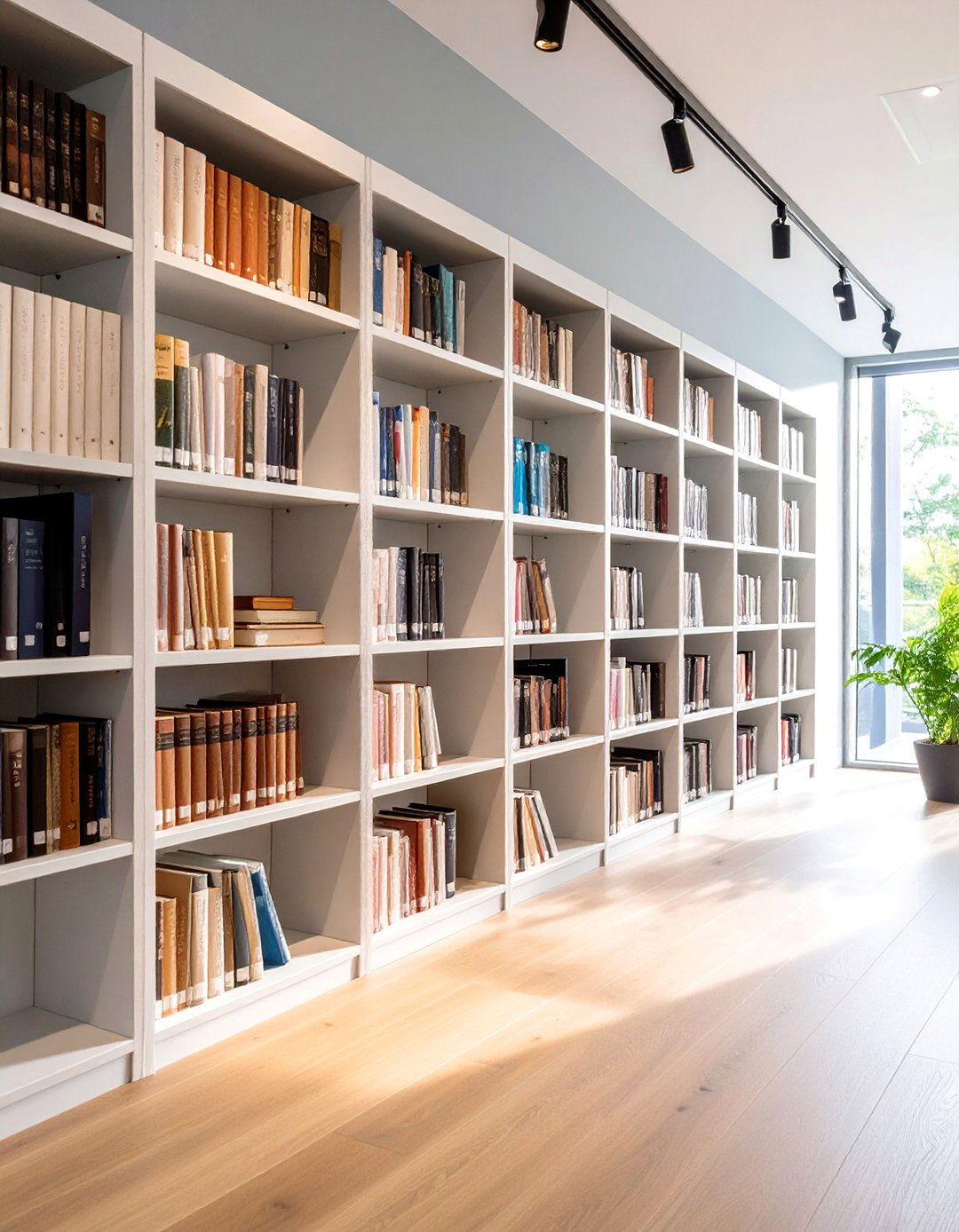
Creating a sophisticated bookshelf organization by thoughtfully combining multiple organizational methods allows you to customize a system that perfectly fits your specific reading habits and space constraints. Start with a primary organization method like genre or author, then apply secondary systems within each section—alphabetizing within genres, arranging by publication date within author collections, or organizing by reading priority within subject areas. This layered approach maximizes both functionality and visual appeal while accommodating the complexity of most serious readers' collections. Consider your most frequent book-searching patterns when designing combined systems, ensuring the most important organizational layer addresses your primary needs. Label sections clearly when using multiple systems to help visitors navigate your collection and maintain consistency over time. This method requires more initial setup and ongoing maintenance but rewards you with a truly personalized organization system that grows and adapts with your evolving reading preferences.
Conclusion:
Effective bookshelf organization transforms your collection from cluttered storage into a functional, beautiful display that enhances your reading life. Whether you choose alphabetical precision, colorful visual impact, or sophisticated combined systems, the key lies in selecting methods that match your reading habits and space requirements. Remember that the best organizational system is one you'll actually maintain, so choose approaches that feel natural and sustainable for your lifestyle. Regular reassessment and gentle adjustments keep your bookshelf organization evolving with your changing needs and growing collection.




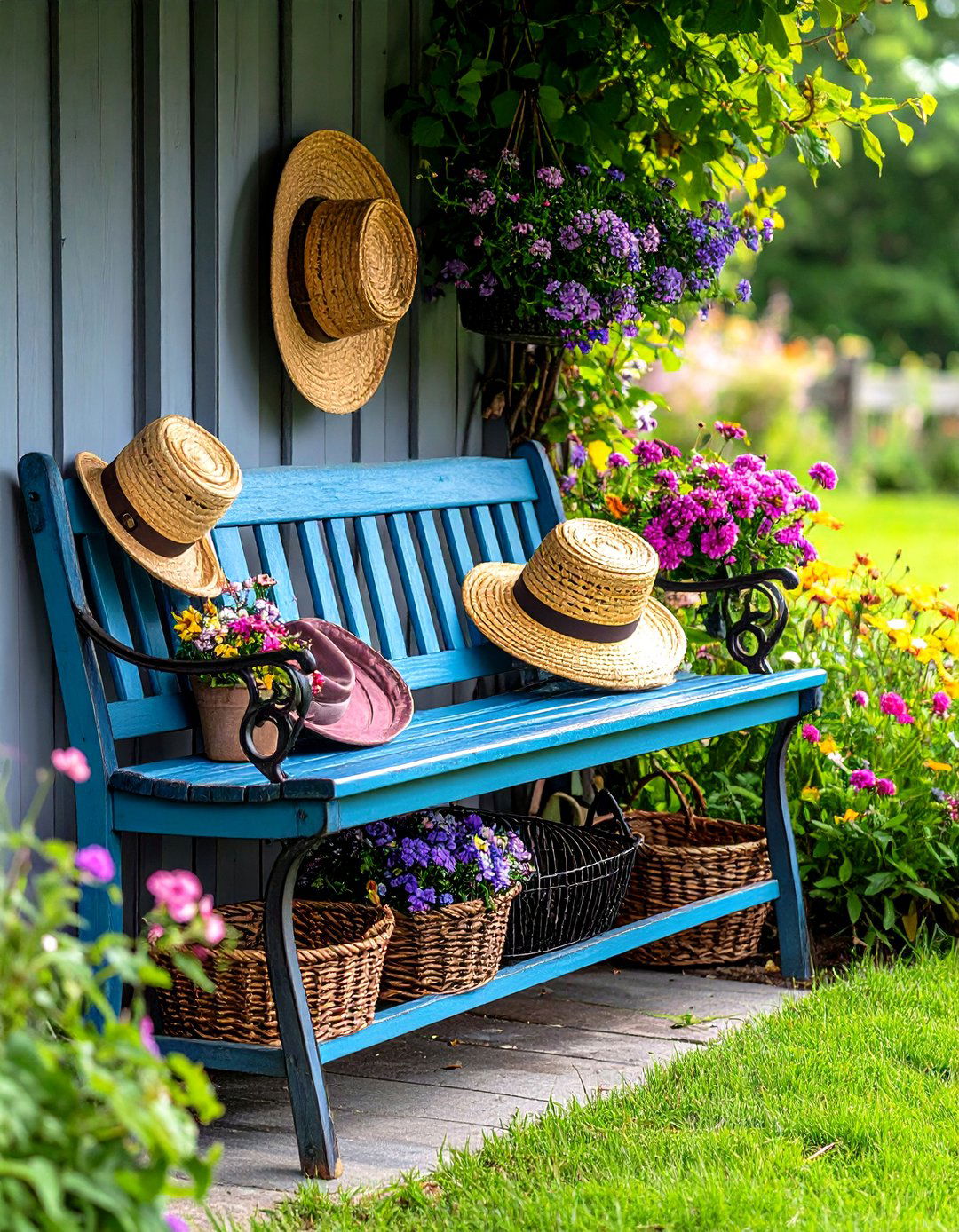




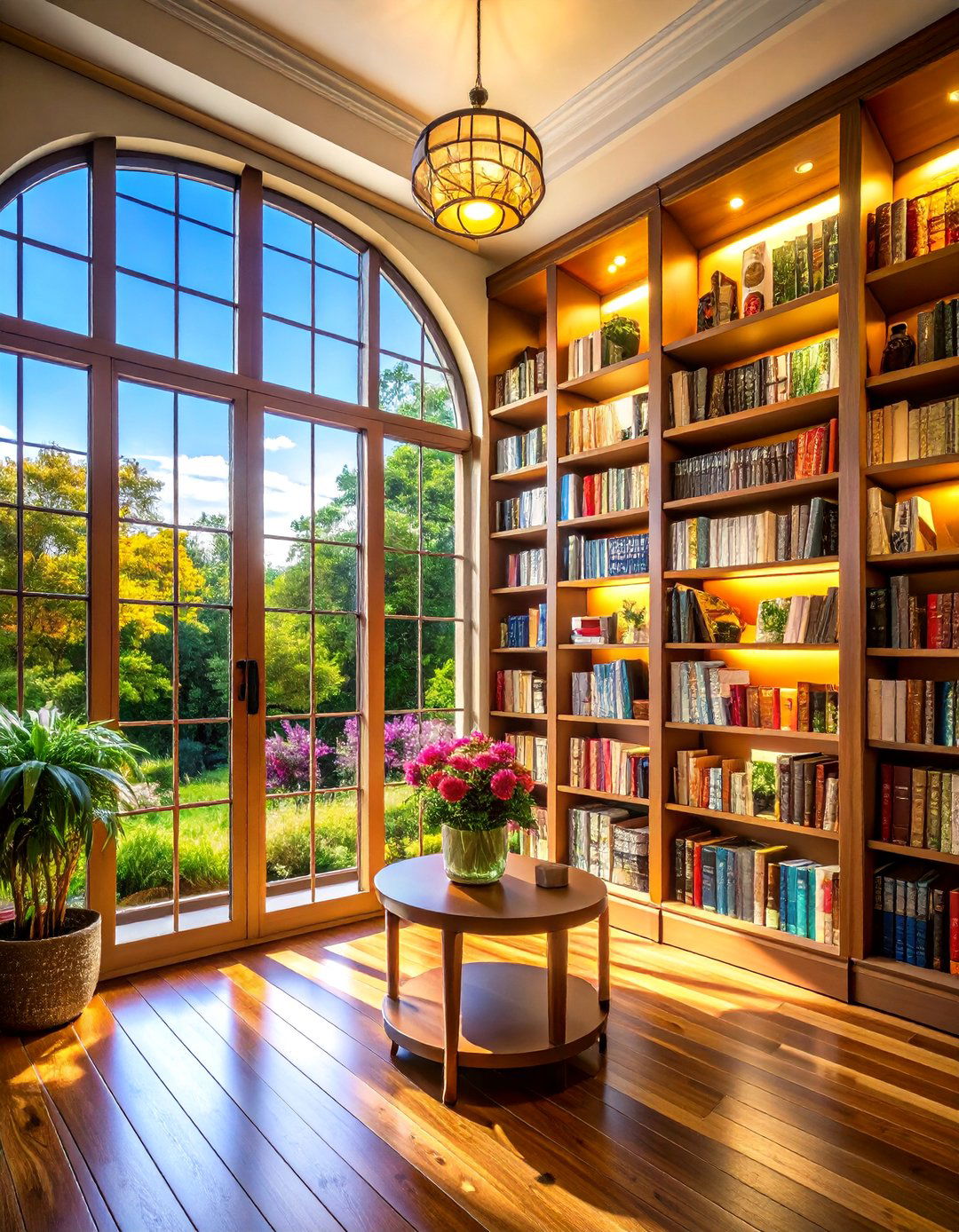
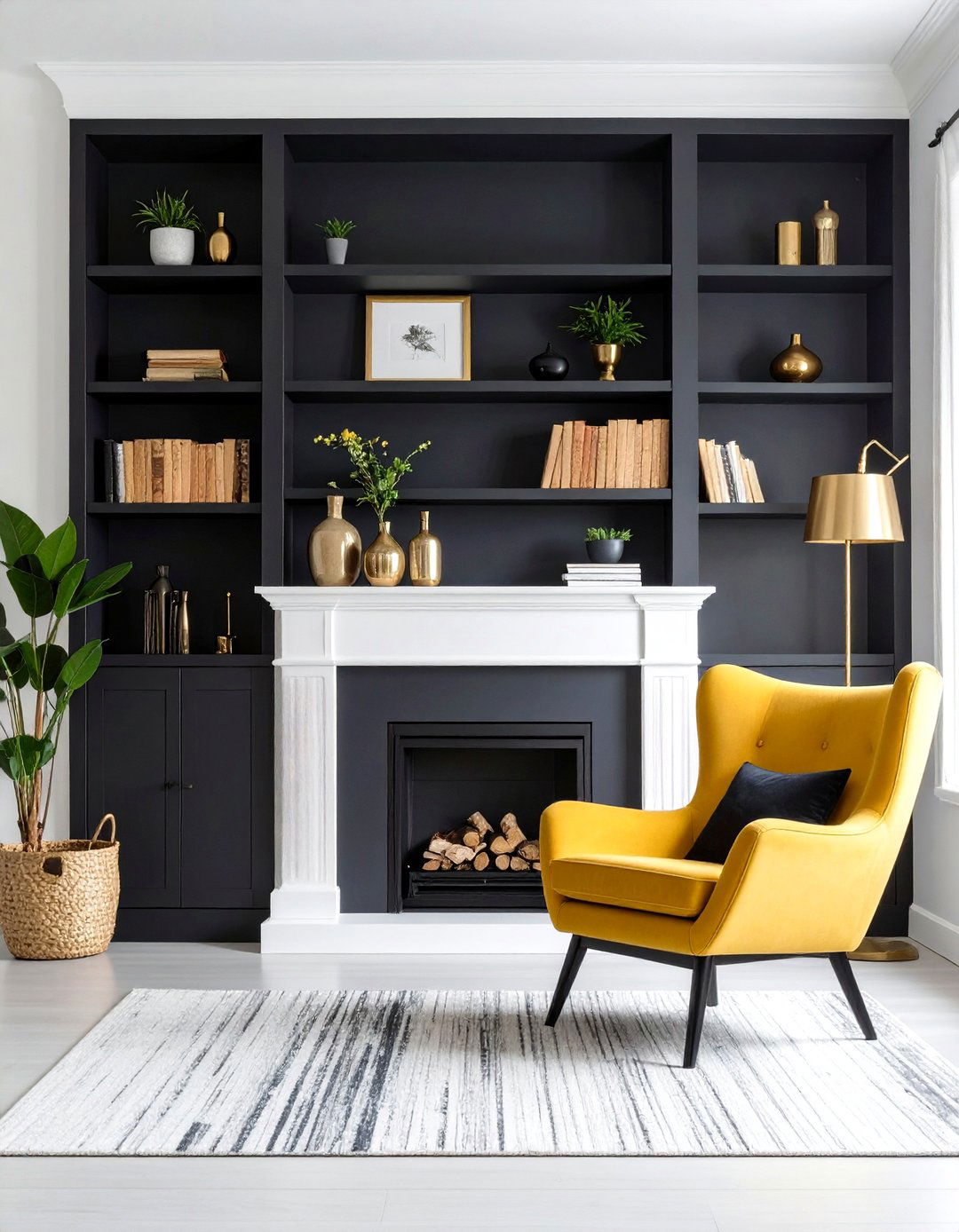





Leave a Reply